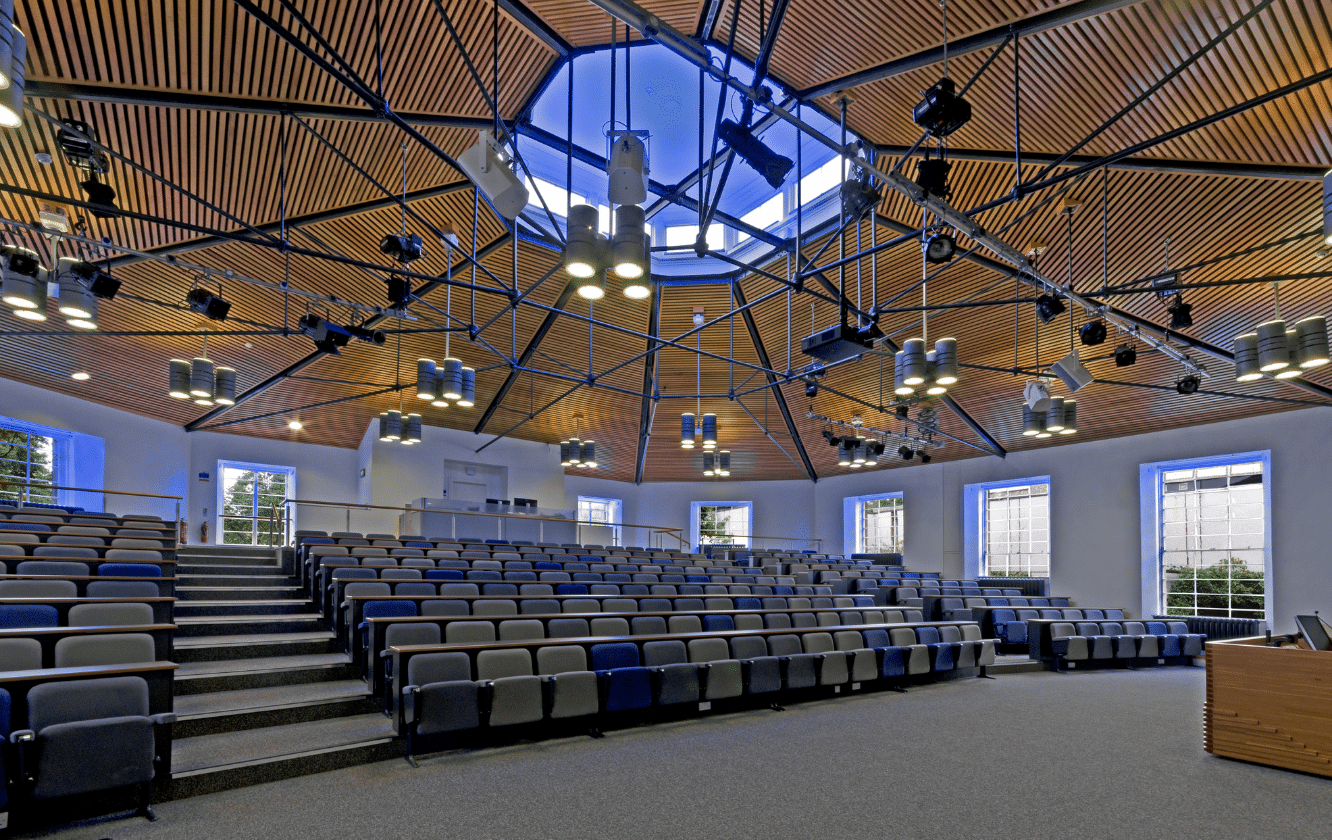
Commercial Seating Maintenance 101
Caring for Your Investment for Long-Term Durability
Commercial Seating Maintenance 101: Caring for Your Investment for Long-Term Durability
In commercial spaces like theatres, auditoriums, educational institutions, meeting venues, community centres, waiting areas, etc. the furniture plays a pivotal role in providing comfort and functionality to visitors. As these spaces experience heavy foot traffic and frequent use, proper maintenance of commercial furniture is crucial to ensure its longevity and retain its appeal. In this guide, we’ll provide valuable insights on maintaining and extending the lifespan of commercial furniture, including essential cleaning tips and periodic maintenance practices to protect your investment and uphold the charm of these spaces.
Routine Cleaning for Impeccable Ambiance
Keeping commercial furniture clean is vital to maintain a positive impression on the visitors and patrons. Here are some cleaning tips for different types of commercial furniture:
Upholstered Seating
For upholstered seating, you should regularly vacuum the seats to remove dust, debris, and crumbs. You should follow the manufacturer’s guidelines for spot-cleaning spills – this is really important, as certain cleaning products and techniques can damage certain fabrics and finishes. You may also want to consider professional upholstery cleaning periodically to refresh the fabric.
Wooden Furniture
Wooden surfaces should be regularly dusted with a soft, dry cloth to prevent scratches. For deeper cleaning, you can use a mild solution of water and wood cleaner, following the grain of the wood. The main thing to avoid when cleaning wooden furniture is abrasive chemicals and materials that could damage the finish.
Metal Furniture
Metal furniture can be cleaned using a soft cloth and mild detergent to remove smudges and stains. You should regularly inspect the furniture for signs of rust or corrosion and address them promptly to prevent further damage.
Plastic Furniture
For plastic furniture, you can wipe the surfaces with a damp cloth and mild soap solution. Again, you should avoid using harsh chemicals or abrasive materials that might cause scratches or discolouration.
Positioning for Optimal Durability
Proper positioning of furniture is crucial in high-traffic commercial spaces. Consider these tips to ensure optimal durability:
Avoid Sun Exposure
Too much direct sunlight on your furniture may cause damage that can easily be avoided. By positioning furniture away from direct sunlight, you can prevent fading and discoloration, especially in spaces like waiting areas and social zones near windows. You can incorporate things like window blinds into your space to deflect the direct light if needed, without shutting it out.
Traffic Flow
Arranging furniture in a way that promotes smooth traffic flow and minimises congestion not only prevents accidents, but it also reduces wear and tear caused by constant rearrangement.
Ventilation
Adequate ventilation is essential for furniture maintenance, especially in crowded areas. Proper air circulation helps to prevent mould and unpleasant odours, maintaining the overall freshness of the space and the furniture.
Cushion Flipping and Rotation
For furniture with removable cushions, such as seating in theatres, auditoriums, and community centres, it’s beneficial to flip and rotate the cushions regularly. This will ensure even distribution of wear and preserve the overall comfort and appearance of the seating.
Regular Maintenance Checks
It’s essential to schedule regular maintenance checks for all your commercial furniture. During these checks you should look for for loose joints, wobbly legs, or any signs of damage. By promptly addressing any issues, you can prevent accidents and maintain the furniture’s structural integrity. Finding faults and damage before they get worse can be the difference between a quick repair or buying a whole new chair.
Weight Limits and Proper Usage
In spaces like educational institutions and public waiting areas, it’s important to respect the weight limits specified by the manufacturer. By educating staff and users about proper usage you can help prevent excessive strain and potential damage to the furniture.
Taking care of your investment
The furniture used in commercial spaces plays a vital role in creating a comfortable and welcoming environment for visitors. To ensure its longevity and functionality, proper maintenance is essential. Regular cleaning, thoughtful positioning, cushion flipping, maintenance checks, and responsible usage are simple yet effective practices that will extend the lifespan of your commercial furniture.
By taking care of your investment in commercial furniture, you not only safeguard your budget but also create a positive experience for your visitors and patrons. Remember to follow the manufacturer’s guidelines and, if needed, seek advice from professional furniture care experts. With proper maintenance, your commercial furniture will continue to serve its purpose and contribute to the appeal and ambiance of your shared spaces for years to come.
If your furniture is past repairing and you are in need of some fresh new furniture to reinvigorate your space, discover our range of commercial seating here at Race Furniture here: https://racefurniture.com/categories/all-products/